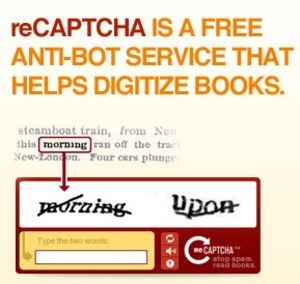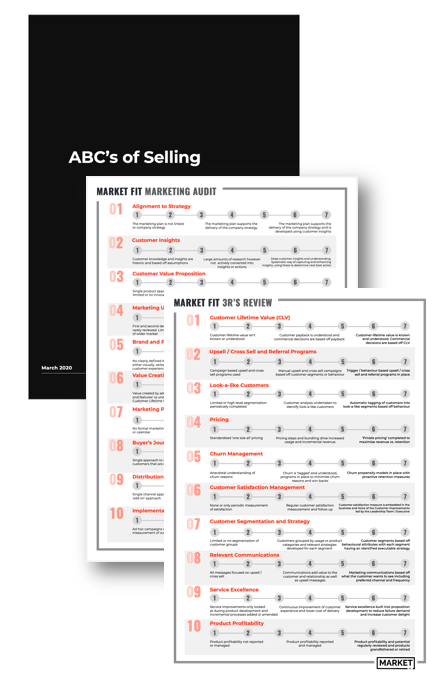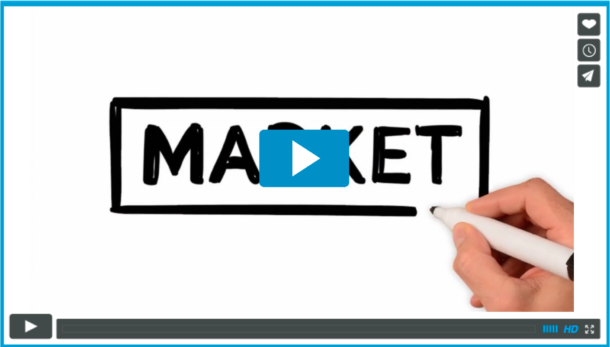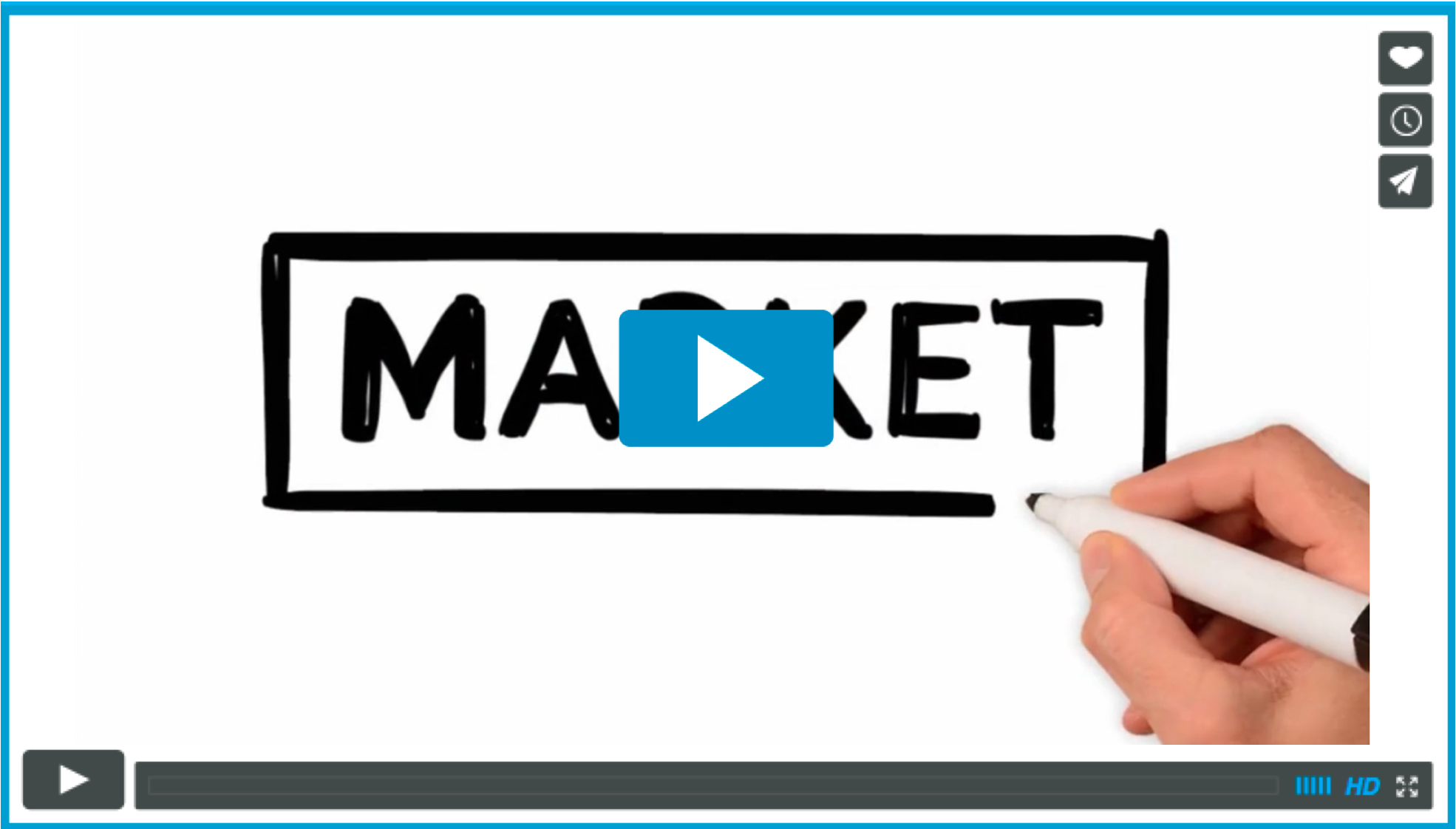We’ve touched on Chris Anderson’s celebrated 2009 book “Free” a few times in previous posts. Not the easiest read (there’s a lot of technical detail that can be difficult to follow) the book is actually based on another, equally celebrated (and luckily for us, much more accessible), piece from Anderson – the 2008 Wired magazine article Free! Why $0.00 Is the Future of Business.
Anderson was Wired editor in chief for over a decade (moving to Wired from the Economist in 2001), with a deserved reputation for work examining digital’s impact on legacy business (his other – equally celebrated – work is The Long Tail). I clearly recall the impact the original article had when I read it in Wired, and having recently re-read the piece eight years on it’s striking how much there is still be gained from its basic concepts.
The article starts with an economic principle – in a competitive market, price invariably falls to the marginal cost. Two digital factors today put this principle in overdrive – in demolishing international boundaries the internet has created previously unimagined avenues to scale, with centralised resources now serving millions (and billions) globally, building the most competitive market ever. And alongside this Moore’s law seemingly defies natural laws, every year enabling exponentially more powerful service to that audience of millions, and at rapidly decreasing cost.
And here’s what that does to business – as your primary expense reduce to silicon based services, free moves from an option to the inevitable endpoint.
Or as I may have mentioned last week… if it can be digitised it can be disrupted.
New businesses utilising free are incredibly disruptive and destructive to legacy businesses, hamstrung with digitally insensible strategies and systems. These business enter the market and rapidly strip value from their legacy competitors – all the while operating commercially successful and digitally coherent strategies.
Craigslist (a US version of TradeMe) began service in 1995 as a free email service featuring events in San Francisco. Evolving into a classifieds site offering free basic listings with upsell and advertising around them, by 2006 it had helped to strip some $326m (or 12%) from the value of the US classified business for newspapers. Craigslist was estimated to be earning $40m – but with of course a drastically different cost base to newspapers. The balance of value simply disappeared – nine years on from 2006 I would wager the value now stripped out of US classifieds would be closer to 95%!
The most common free model requires three parties (the basic media model). In this model an advertiser pays to participate in an otherwise free exchange between a content producer and an audience.
Google is probably the three party proponent most people know of – offering a seemingly unlimited number of highly featured free services (search, apps, youtube, Google Drive, unlimited photo storage) to its customers… all funded by a sophisticated advertising model.
Other common free models include:
Freemium:
- Usually with web software, services, and some content free
- Free to basic users of the service
- Example: Evernote.com
Advertising:
- Usually with content services, software and more offered free
- Free to everyone
- Example: www.nzherald.co.nz
Cross-subsidies
- Driven by a second product enticing enough for you to pay for
- Free to everyone willing to “pay” be it one way or another
- Example: Mobile phone bundled calling plans
Labour Exchange

- Free to all users, with the act of using these sites and services being the value driver
- Example: When you are entering the key words in a scrambled text box on a log in screen you are actually helping transcode a book
Gifting Economy:
- Usually with free open source software or user generated content
- Free to everyone
- Example: Wikipedia
Key Takeaways:
(and, I really hope this one’s getting through…)
- If it can be digitised it can be disrupted!!!
- In a digitised world there is a race for scale, with costs plummeting, meaning free may become inevitable
Key Questions?
- Have you considered your industry may be headed toward free?
- Are you seeing reductions in your input costs?
- If this is happening, how will you evolve your commercial model to compete and compete profitability?




